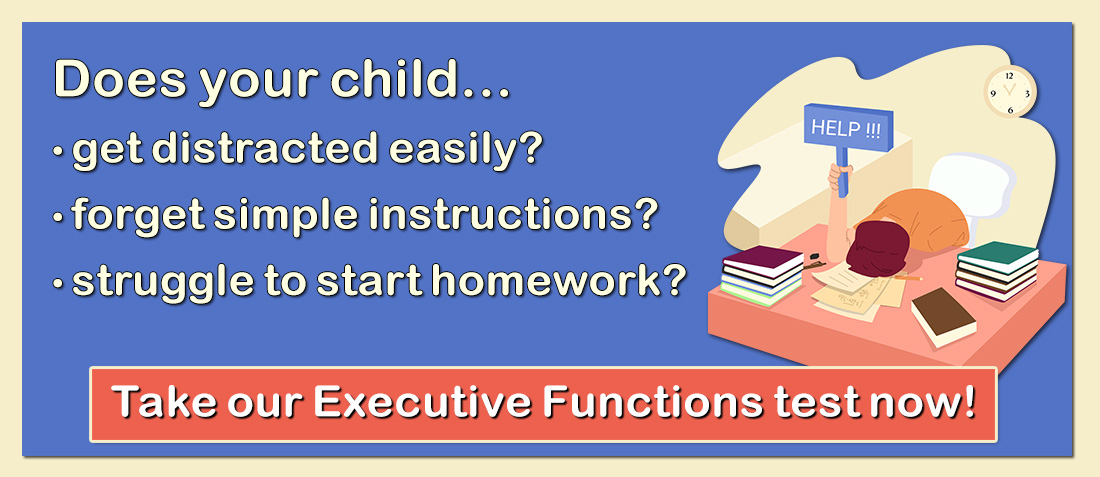
Photo Credit: Carissa Rogers
Dysgraphia is a learning disability associated with writing; whether it is spelling, poor handwriting, and/or problems putting thoughts onto paper. The DSM-IV characterizes dysgraphia as “Disorders of Written Expression,” where a person’s writing skills are substantially below their age, intelligence, and education level, and interferes with their daily function. Dysgraphia is like a hidden disorder. It hurts children’s abilities to get out information, even if it is there, making it appear as a problem with the information when it is not.
Dysgraphia impacts children’s ability to learn material and express themselves effectively. Generally, children with dysgraphia display a combination of difficulties in their ability to write. They typically display poor paragraph organization, errors with grammar or punctuation, spelling errors, and excessively poor handwriting. A diagnosis of dysgraphia is generally not given when only spelling errors or poor handwriting is seen; impairment in written expression must also be present. This disorder is not typically diagnosed until after first grade. Relatively little is known about this disorder and its treatment, however, some early signs may be if a child in pre-K does not like to color, or has great difficulty staying inside the lines.
Many of these students struggle tremendously with written assignments. It is not uncommon to hear “He can write neatly if he takes his time.” Children with dysgraphia can display adequate handwriting; the problem is this takes excessive amounts of time for them, which can lead to great agitation and possibly falling behind. Children with dysgraphia tend to procrastinate, become frustrated with, and/or avoid, writing assignments. When they do complete them they are typically very brief. Others clearly understand the material, but cannot demonstrate it due to difficulties with the mechanics and organization of writing. Whatever the student’s particular area of dysgraphia, often their grades suffer as well as their feelings of self worth.
It is very important to help children with dysgraphia from an OT standpoint. However, along with writing practice, it will be important for these children to utilize technologies such as typing on the computer or using software that will type what they say, like Dragon Naturally Speaking or the iPhone. This will help them get their ideas down and not fall behind until they are more proficient with writing.
Recommendations
1. Consult with an occupational therapist if you notice fine-motor concerns such as:
- Difficulties holding and manipulating pencils and other small objects.
- Illegible handwriting.
- Having a hard time organizing thoughts on paper.
- Talking to themselves while writing.
- Mismatch between performance verbally (good) and on paper (grammar and syntax).
- Large gap between written ideas and understanding demonstrated through speech.
If your child displays these difficulties, allow them to either write in print or in cursive, whichever is easier for them. Utilize graphic organizers, pencil grips, and anything that will help with the mechanics of writing. Get them to practice writing on a regular basis as well.
2. It is strongly encouraged that children develop fast and accurate keyboarding skills. Children as young as 7 or 8 who learn how to type quickly will reduce much of their frustration with writing projects. Teach typing using widely-known computer software that offers the additional support of spelling and grammar checks. Provide your child with a laptop computer or AlphaSmart to assist with writing projects. Mavis Beacon Teaching Typing and SpongeBob Squarepants Typing are two popular programs for teaching typing.
3. Encourage children to practice their typing skills through fun game-based keyboarding programs. Select programs that require rapid processing and fast responses using the entire keyboard. Freetypinggame.net/ Offers many different typing games that can be customized to challenge your child’s typing skills.
4. Ask teachers to reduce the amount of written work assigned. Other options can be to provide extended time to complete assignments, or use organizational tools such as a rubric or model for writing assignments.
5. Offer training in organizing thoughts to put on paper. Break tasks into smaller sections and provide due dates for specific assignments
6. Teachers may also permit children to respond orally to tests. They can provide help with note taking through the use of a “scribe” or classroom buddy.
7. Preadolescents and adolescents may practice their typing and prose skills through e-mail, instant messaging, and texting on cell phones. This may seem contradictory to learning correct spelling and grammar, but the goal of communicating clearly with others and the process of gaining confidence with keyboarding supports the child’s writing efforts.
8. Explore technological aids. This can include dictation machinery, where the child can speak into a tape recorder, and the parent then types the material into a computer. Speech recognition software and writing tools such as Dragon Naturally Speaking, the AlphaSmart and Franklin Speller may also be very helpful for youngsters with writing problems.
Websites
LearningWorks for Kids: The premier site for executive-function information, this site provides a wealth of up-to-date tips and recommendations for children with all types of disorders and disabilities.
National Center for Learning Disabilities: This site offers information about what dysgraphia is and symptoms children typically display. It also offers a variety of strategies that can be helpful for students of all ages.
Brave Writer: This comprehensive writing help site is designed for parents to help their child with their writing skills. It uses an array of different programs to help teach writing skills. This includes packages that not only contain work for the child to learn and master, but also steps for the parent to use to help their child learn the writing skills. This site offers online classes in addition to the packages to use at home.
Time 4 Writing: This site offers one-on-one personal online lessons for the student. It offers a variety of courses for the elementary, middle, and high school levels that focus on one of three areas: Writing Mechanics, Paragraph Writing, and Essay Writing. This eight-week program has work for the student to do online that is then reviewed by one of the site’s teachers. The student is provided feedback on their work the next class.
Scholastic: This site offers a variety of different ways for a student to enrich their writing skills. They offer workshops on how to write for different genres, and feature an established author in each genre. This site helps promote the variety of different options that a writer has when writing.
Books for Parents
Richards, R. G., & Richards, E. I. (2000). Eli, The Boy Who Hated to Write: Understanding Dysgraphia. Riverside, CA: RET Center Press.
Harwell, J. H., & Jackson, R. W. (2008). The Complete Learning Disabilities Handbook: Ready-to-Use Strategies and Activities for Teaching Students with Learning Disabilities. San Francisco, CA: John Wiley & Sons, Inc.
Silver, L. B. (2006). The Misunderstood Child, Fourth Edition: Understanding and Coping with Your Child’s Learning Disabilities. New York, NY: Three Rivers Press.
Books for Children
Fisher, G. L.& Cummings, R. (2002). The Survival Guide for Kids with LD: Learning Differences. Minneapolis, MN: Free Spirit, Inc.
Gehret, J. (1996). The Don’t-Give-Up Kid and Learning Differences. Fairport, NY: Verbal Images Press.
Receive online class information and helpful tips from Dr. Randy Kulman's LearningWorks for Kids |



